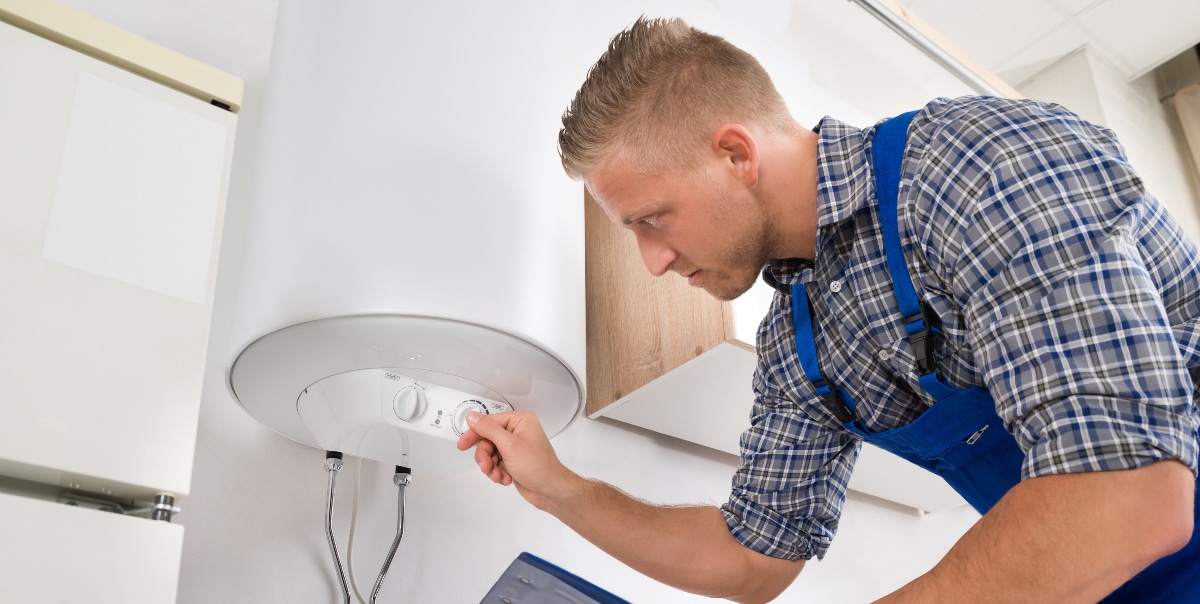Tips on How to Keep Your Home's Hot Water System Functioning WellEffective Techniques for Caring for Your Home's Hot Water System
Tips on How to Keep Your Home's Hot Water System Functioning WellEffective Techniques for Caring for Your Home's Hot Water System
Blog Article
What are your opinions on How to Maintain a Hot Water Heater in a Few Simple Steps?

Hot water is important for everyday comfort, whether it's for a refreshing shower or cleaning meals. To ensure your hot water system runs successfully and lasts longer, normal maintenance is essential. This write-up supplies useful pointers and insights on just how to maintain your home's hot water system to stay clear of interruptions and costly fixings.
Intro
Preserving your home's hot water system could seem challenging, however with a few straightforward actions, you can guarantee it operates efficiently for many years to come. This overview covers whatever from recognizing your hot water system to DIY upkeep suggestions and recognizing when to employ professional aid.
Significance of Keeping Your Hot Water System
Routine maintenance not just extends the life-span of your hot water system yet likewise ensures it runs efficiently. Disregarding upkeep can cause decreased effectiveness, greater energy costs, and even early failure of the system.
Indications Your Warm Water System Requirements Upkeep
Understanding when your warm water system needs focus can prevent major issues. Watch out for indications such as irregular water temperature level, unusual sounds from the heating unit, or corroded water.
Recognizing Your Warm Water System
Prior to diving right into upkeep jobs, it's helpful to recognize the standard parts of your warm water system. Commonly, this includes the water heater itself, pipes, anode rods, and temperature controls.
Monthly Maintenance Tasks
Normal month-to-month checks can aid capture small problems prior to they intensify.
Flushing the Water Heater
Flushing your water heater removes sediment buildup, improving efficiency and lengthening its life.
Monitoring and Changing Anode Rods
Anode poles stop rust inside the storage tank. Examining and replacing them when worn out is crucial.
Inspecting and Adjusting Temperature Level Setups
Changing the temperature settings ensures optimum efficiency and security.
DIY Tips for Maintenance
You can perform numerous upkeep tasks yourself to maintain your warm water system in leading condition.
Checking for Leakages
On a regular basis examine pipes and links for leakages, as these can result in water damage and greater expenses.
Evaluating Stress Alleviation Valves
Evaluating the pressure safety valve ensures it functions appropriately and avoids too much pressure build-up.
Protecting Pipelines
Protecting hot water pipes reduces warm loss and can save energy.
When to Call a Specialist
While DIY upkeep is useful, some concerns require specialist proficiency.
Facility Concerns Needing Professional Aid
Examples consist of major leakages, electric problems, or if your water heater is continually underperforming.
Routine Professional Upkeep Benefits
Expert upkeep can include thorough assessments, tune-ups, and making sure conformity with security requirements.
Conclusion
Normal maintenance of your home's warm water system is necessary for efficiency, long life, and cost financial savings. By complying with these tips and recognizing when to seek specialist assistance, you can ensure a trusted supply of warm water without unanticipated disturbances.
How to Maintain an Instant Hot Water Heater
Before tinkering with your hot water heater, make sure that it’s not powered on. You also have to turn off the main circuit breaker and shut off the main gas line to prevent accidents. Also turn off the water valves connected to your unit to prevent water from flowing into and out of the appliance. 2. When you’re done, you have to detach the purge valves’ caps. These look like the letter “T” and are situated on either side of the water valves. Doing so will release any pressure that has accumulated inside the valves while at the same time avoid hot water from shooting out and burning your skin. 3. When the purge valves’ caps are removed, you have to connect your hosing lines to the valves. Your unit should have come with three hoses but if it didn’t, you can purchase these things from any hardware or home repair shops. You can also get them from retail stores that sell water heating systems. Read the user’s manual and follow it to complete this task properly. When the hosing lines are connected, open the purge port’s valves. 4. You should never use harsh chemical cleaners or solutions when cleaning your unit. Make use of white vinegar instead. It should be undiluted and you’ll probably use about 2 gallons. 5. Now flush your water heater. This task should probably take about 40 minutes. We can’t give you specific directions for this because the procedure is carried out depending on the type, model and brand of your heater. With that being said, refer to the user’s manual. 6. When you’re done draining the unit, you have to turn off the purge port valves again. Remove the hosing lines that you earlier installed on each of the water valves. Put the valve caps (purge port) back in their respective places and be very careful so as not to damage the rubber discs that are found inside these caps. 7. Now that everything’s back in place, check your user’s manual again to find out how to reactivate your water heating system. 8. Once it is working, turn one of your hot water faucets on just to let air pass through the heater’s water supply pipes. Leave the tap on until water flows smoothly out of it. https://www.orrplumbing.com/blog/2014/september/how-to-maintain-an-instant-hot-water-heater/

Do you enjoy reading up on How to Maintain a Hot Water Heater in a Few Simple Steps? Try leaving a comment down the page. We will be delighted to find out your thinking about this content. We hope that you come back again later on. Sharing is caring. Helping people is fun. Many thanks for taking the time to read it.
Click Here Report this page